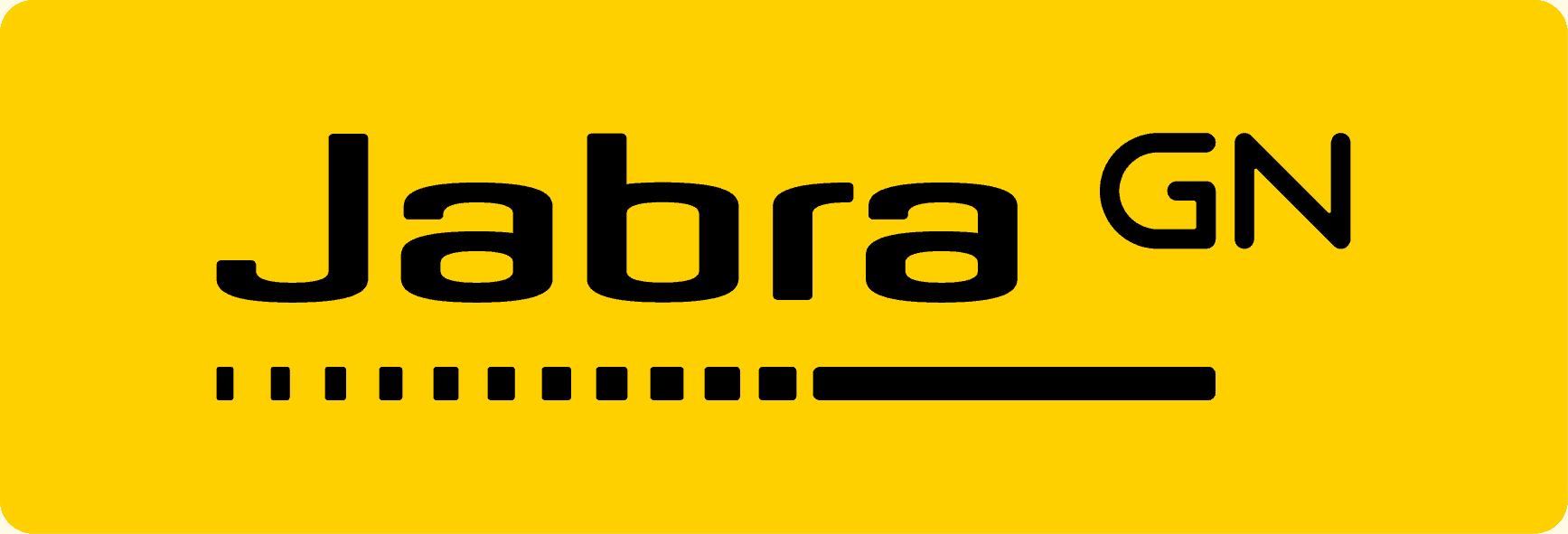ReSound vs Starkey Hearing Aid Comparison
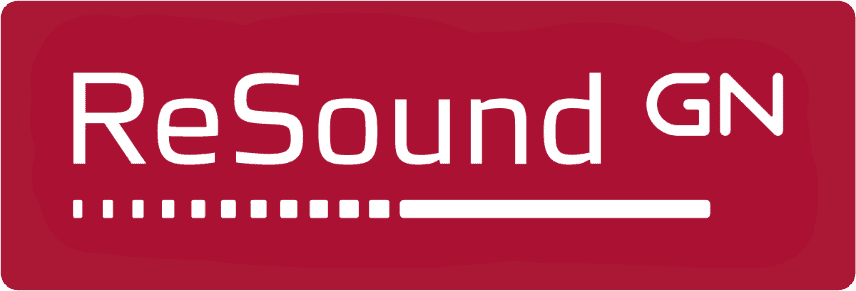
|
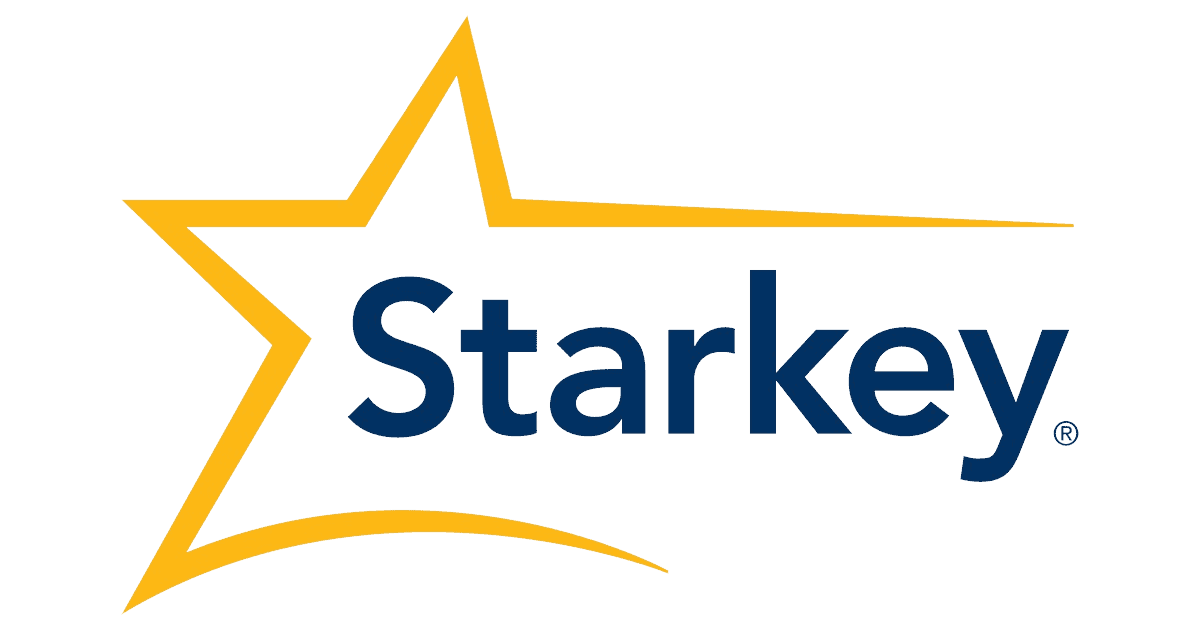
|
|
|---|---|---|
| Editor's Ratings | ||
| Price Range | $1,000-$3,000 | $1,800-$4,000 |
| Purchased | Through a hearing health-care provider | Through a hearing health-care provider |
| Fitting Required | Yes | Yes |
| Styles |
|
|
| Tinnitus Masking | Yes | Yes |
| Solutions for Severe to Profound Hearing Loss | Yes | Yes |
| Cochlear implant interface | Yes, compatible with cochlear implants from Cochlear | Not yet; partnership with MED-EL cochlear implants has been announced |
| Auracast compatibility | Yes | Yes, after a firmware update |
| Smartphone App | Yes | Yes |
| Bluetooth Connectivity | Yes | Yes |
| FDA Approved | Yes | Yes |
| Trial Period | Varies by retailer | 30 Days |
| Warranty | 1-4 Years | Varies by model |
| Contact | ||
| Website | View Pricing Links to ZipHearing.com | View Pricing Links to ZipHearing.com |
*We recommend calling because representatives can sometimes offer special deals or pricing. We make every effort to provide and maintain accurate information on our site. However, the businesses reviewed on our site may periodically change their pricing, equipment, and packages and there may be a lag between the time they make such changes and the time we become aware of such changes. If you identify any outdated or inaccurate information, please contact us here.
If you’re one of the 38.2 million Americans living with hearing loss, then a medical-grade hearing aid is the ideal way to restore your ability to hear. ReSound and Starkey are two of our favorite providers––each of them offering a wide range of devices for different types of hearing loss.
In this rundown, we’ll take a look at what each of these companies offer.
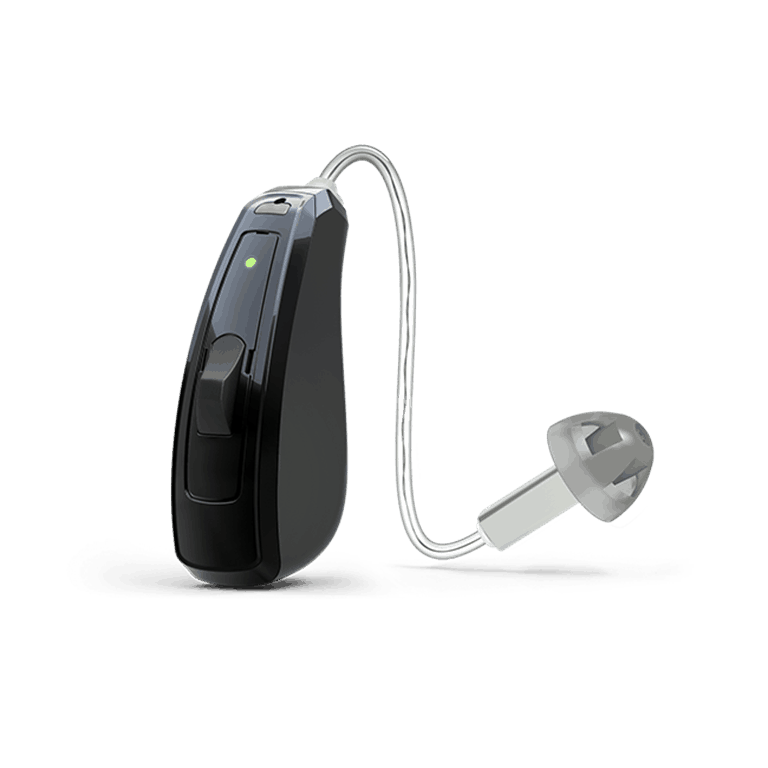
ReSound and Starkey Similarities
When it comes to hearing aid features, both ReSound and Starkey offer similar options. Both providers offer several different styles of hearing aids, from behind-the-ear fits to completely-in-canal styles. Both companies also offer devices with tinnitus therapies, Bluetooth connectivity, smartphone apps, and even solutions for severe to profound hearing loss. With that said, there are some key differences between these two companies.

ReSound Features
ReSound was one of the first companies to create hearing aids with made-for-iPhone technology, allowing users to remotely adjust the settings on their hearing aid through their smartphone. Resounds latest family of aids, Nexia, features advanced sound processing and seamless connectivity to Bluetooth devices in Behind the Ear (BTE), Receiver in Canal (RIC), and custom styles.
Additionally, Nexia is Auracast-compatible. ReSound is one of only two hearing aid companies that have Auracast-compatible devices up and running. Auracast is a Bluetooth technology that allows a single source to broadcast sound to multiple receivers. Imagine there is a muted TV in a waiting room that is broadcasting with Auracast. You could tune in with your hearing aids or headphones and receive the broadcast at any volume you choose. So far, ReSound is one of only two hearing aid companies that have Auracast-compatible hearing aids. It’s likely that in the future Auracast will be available in many public spaces, so with these hearing aids, you’ll be ahead of the curve.
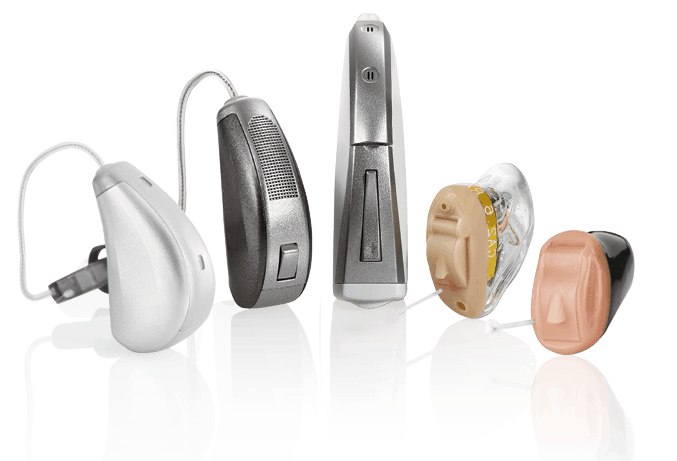
Starkey Features
Starkey, a Minnesota-based hearing aid manufacturer, is one of our favorite companies due to their combination of advanced technology and easy-to-use devices. Their most recent hearing aid model, the Edge AI, can’t currently use Auracast. But it does have the hardware that will enable Auracast compatibility after a firmware update. So you could buy the Edge AI now and take advantage of Auracast in the near future. Additionally, the Edge AI packs a huge AI sound-processing punch.
Its new G2 Neuro Processor is an integrated AI sound processor that uses a deep neural network (DNN) to process language in a way that’s similar to how the brain would. This provides real-time adaptation to the sound environment to enhance speech and reduce noise. It also can actively translate audio from other languages, allowing wearers to communicate despite a language barrier. In addition to these features, it also has fall-risk detection and an AI mode that can be controlled via an Apple watch. If you enjoy playing with and connecting your technology, this might be a plus.

Pricing and Purchasing
While some hearing aid providers sell directly to consumers, both Starkey and ReSound sell their products through hearing health-care providers. Not only does this mean that you’ll have to visit a hearing healthcare provider to obtain one, but it also means that prices will vary.
Generally speaking, ReSound hearing aids will run anywhere from $1,000-$3,000 per device. Starkey’s hearing aids, on the other hand, range from $1,800-$4,000 per device. Technically, this makes Starkey’s devices a bit more expensive; however, this all depends on the specific features you need in a hearing aid.
Our Favorite
While ReSound offers hearing aids at a slightly lower price point, both ReSound and Starkey offer stellar, medical-grade hearing aids that can suit just about any hearing loss type.
If you’re looking to purchase a hearing aid from either of these providers, then you should start by visiting your hearing healthcare provider. They’ll be able to assess your particular type of hearing loss, suggest solutions, and even fit your devices to your ears.
